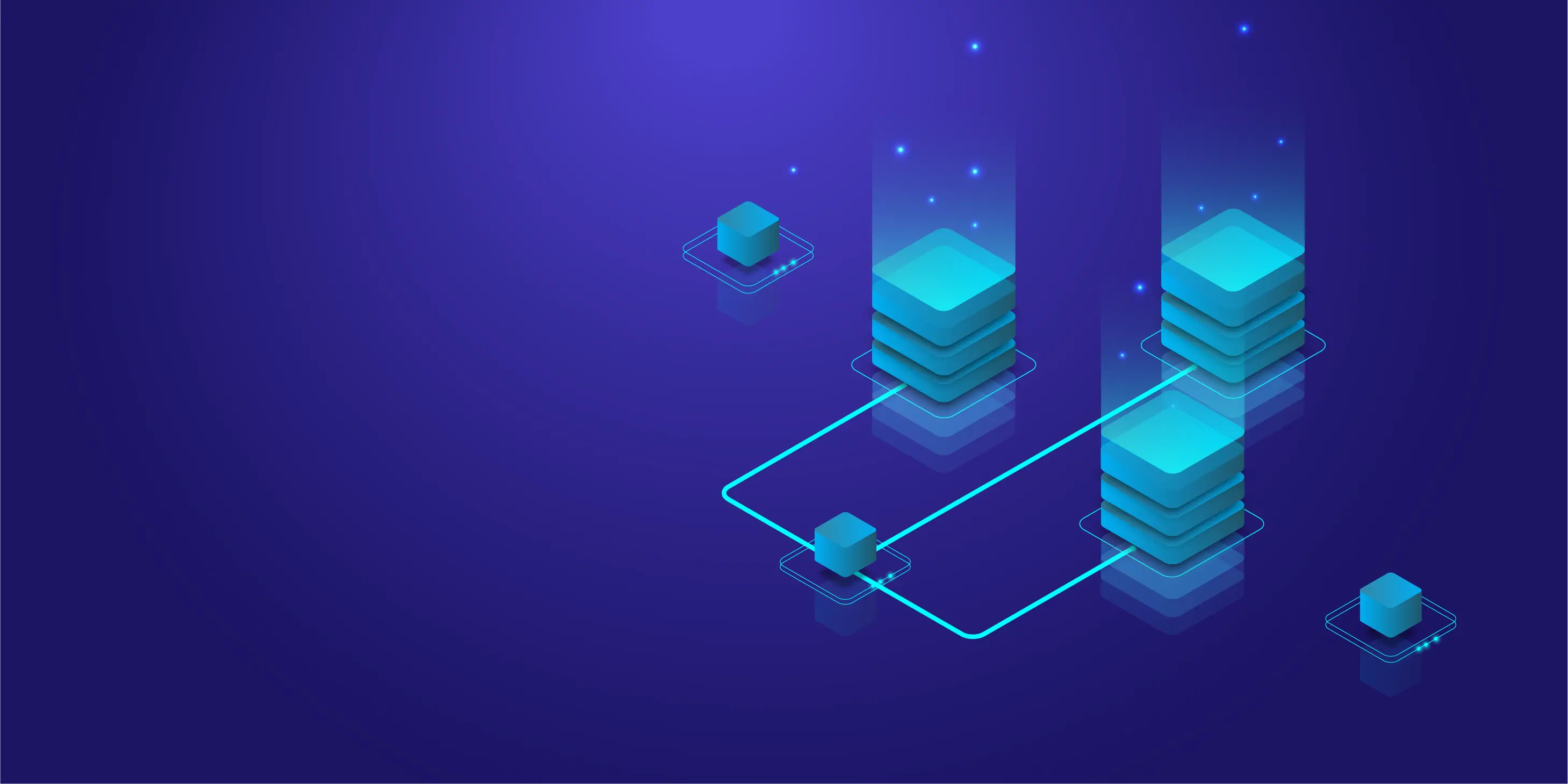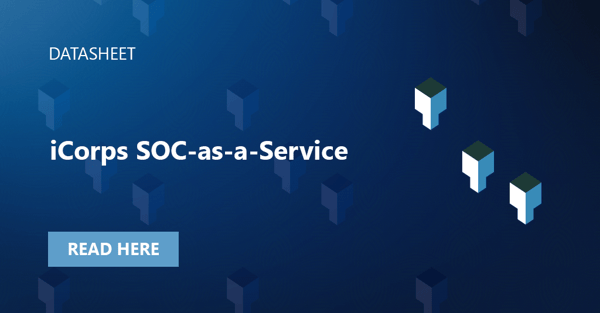No matter the size of your team, or your industry, your business shouldn't have to compromise on security. That's what makes subscription security services so appealing to growing businesses. A managed Security Operations Center (SOC) allows you to outsource threat detection and response and, depending on the provider, may include logs and event tracking. At its core, a SOC is a mechanism for collecting and analyzing security events by pulling data from across your monitored IT environment. This data is then collected and interpreted by your security team, making it easy for your business to address vulnerabilities and adopt more proactive strategies. If you're considering integrating a SOC solution into your existing security plan, learn more about the benefits to your industry.
How 5 Industries Benefit from a Security Operations Center (SOC-as-a-Service):
SOC-as-a-Service Benefits by Industry
- Financial Services - this may include regional and national banks, credit unions, savings and loans, etc.
- Extend limited internal security staff
- Threat monitoring and proactive hunting
- 24x7 monitoring and logging w/o additional staff
- Ability to report to various business stakeholders
- Align with compliance regulations including FRCP, ESI, GDPR, PCI DSS, etc.
- Legal - businesses include litigation and transactional law firms, criminal law firms, tax attorneys, bankruptcy firms, medical law firms, etc.
- Improve BYOD security posture
- Protect sensitive proprietary and client data
- 24x7 monitoring and incident response planning
- Mitigate insider threats and unsecured file sharing
- Healthcare - includes regional hospitals, specialists, medical device companies, private practices, laboratories, outpatient clinics
- Improve overall cyber hygiene
- Better support incident response (IR) plans
- Detect, prevent, and mitigate cyber attacks and alerts
- Align with compliance regulations such as HIPAA and PCI
- Manufacturing - companies specialize in electronics, food and beverage, industrial machinery and equipment, pharmaceuticals, etc.
- Build resilience to supply chain threats
- Extend limited in-house IT support staff with 24x7 coverage
- Adhere to state, federal, and contract compliance requirements
- Monitor vulnerable industrial technologies such as IoT and edge devices
- Help protect intellectual property from insider and external security events
- Education - encompasses K-12 public school districts, private K-12 schools and systems, smaller public and private universities, community and junior colleges
- Provide cost-effective 24x7 support for educational facilities
- Support busy internal staff with highly automated security feedback
- Adhere to student confidentiality requirements, state and federal compliance standards
5 Business Benefits of iCorps SOC-as-a-Service Solution
- Cover Your Entire IT Ecosystem - a comprehensive SOC should be able to monitor your network, endpoint, and email security, domain controllers, and web security tools. Even if you don't need to monitor all these endpoints today, you want your business to be able to grow alongside your security coverage. Make sure your SOC has the capacity to grow with your tech needs.
- Threat Intelligence - for your SOC to be operating efficiently, your team needs up to date threat intelligence from both internal and external sources. External feeds can provide a comprehensive overview of new and emerging threats - giving your team a proactive heads up. If your tech team needs to carry out threat hunting and event analysis, they can do so in real time.
- SIEM Support - a Security Information and Events Management (SIEM) management system is crucial to collecting and analyzing the threats in your IT environment. Your SOC provider may offer a proprietary platform with SIEM functionality or integrate with your current SIEM of choice. Keep this in mind when vetting solution options.
- Asset Discovery - if you want to respond to threats in real time, your team needs a clear understanding of how devices interact with(in) your IT environment. There should be clear processes for the discovery and classification of your devices and digital assets. These will provide a baseline from which aberrant behavior can be readily tracked and understood.
- Integrate UEBA - User and Entity Behavior Analytics (UEBA) integrate with SIEMs and help flag anomalous behavior across your system. UEBA leverages algorithms and machine learning (ML) to detect deviations across your corporate network, routers, servers, and endpoints.
When choosing a SOC, make sure the solution is scaled correctly for your business. Our experienced security team can help you identify security vulnerabilities, detect advanced threats, and respond to both. Learn more about iCorps SOC-as-a-Service, by reaching out for a free IT consultation today.





%20Protects%20Your%20Business%20Data%20Webp.webp?width=352&name=%5BBLOG%5D%205%20Ways%20Microsoft%20Enterprise%20Mobility%20+%20Security%20(EMS)%20Protects%20Your%20Business%20Data%20Webp.webp)
